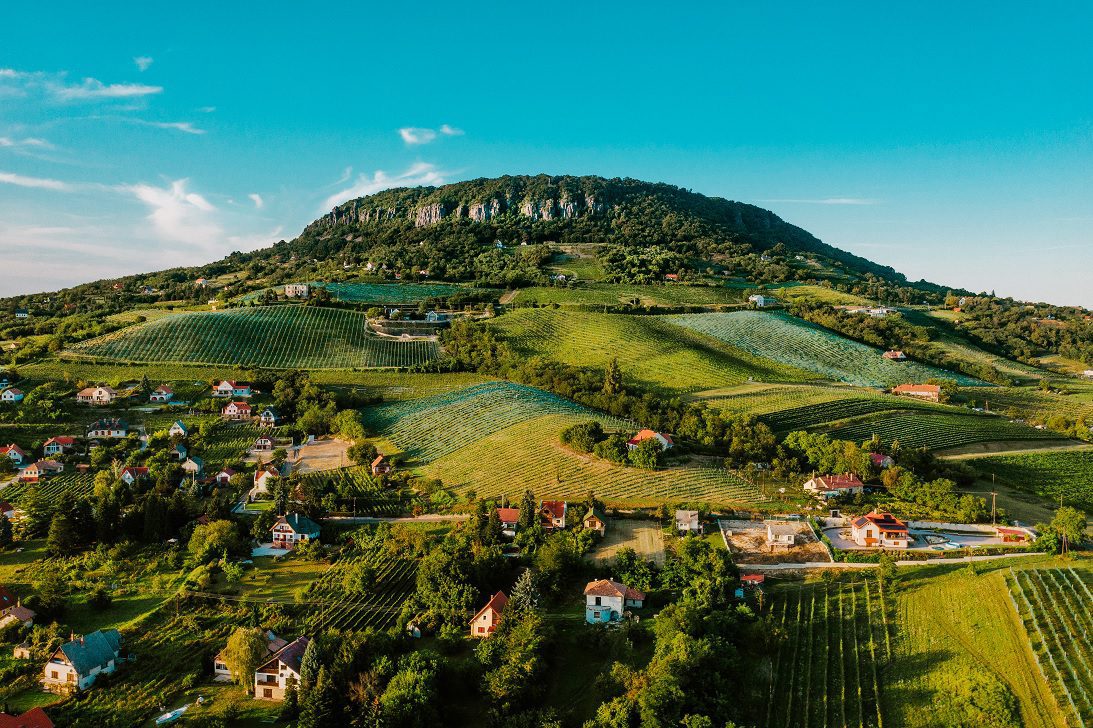New products
Showing 31–37 of 37 results
Showing 31–37 of 37 results

Although the wine district itself is called Badacsony, it also includes most of Hungary’s basaltic, degraded volcanoes, which were formed at about the same time. These are wines with plenty of flavour intensity, warmth and often high alcohol, generally from Olaszrizling, Kéknyelű and Pinot Gris (Szürkebarát). Some wines are incredibly powerful and have great potential.It is located in the centre of Transdanubia, on the northern shore of Lake Balaton, encompassing the volcanic cones of the Tapolca Basin, Kál Basin, Badacsony, Szigliget, Gulács, Tóti hegy, Szent György-hegy, Csobánc and Hajagos.The wine district has diverse soils. The slopes of the volcanic hills here and there are covered by loess mixed with clayey and sandy sediments on their lower parts, and increasingly with basalt and basaltic tuff debris at higher elevations. Accordingly, there are loamy soils mixed with basalt debris at the bottom of the hills, while the steep, often terraced slopes, are covered with loamy basalt debris, which lends the local wines pronounced acidity, full body and richness of flavour. There are also patches of black erubase soil over pure basalt bedrock. Besides the weathered basalt soils mixed with basalt debris that are perfectly suited for wine production, there are also pure loam soils and even, exceptionally, limestone soils around Salföld or Tapolca. The area under vine is currently 1,404 hectares, of which 1,142 are productive. White varieties generally dominate in the vineyards.The region is characterised by a temperate continental climate with moderate heat and sunshine. However, what is special from a viticultural perspective is the region’s microclimate. This microclimate is influenced not only by the geographical position of the south-facing slopes, which are protected from the north wind by a very favourable slope, but also by the additional solar radiation reflected the expanse of Lake Balaton